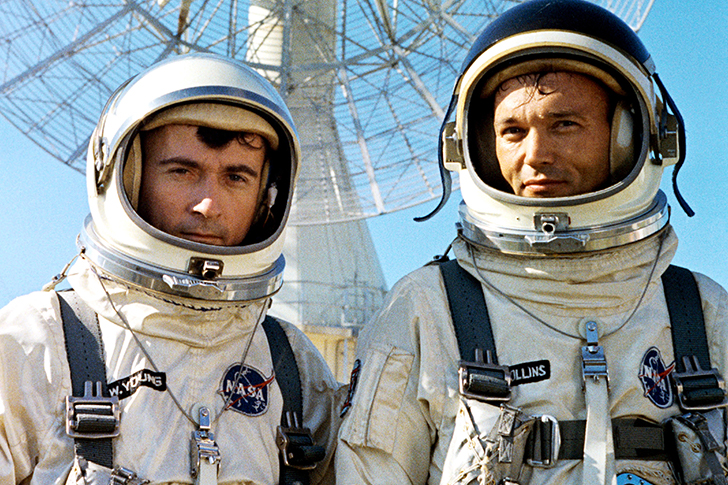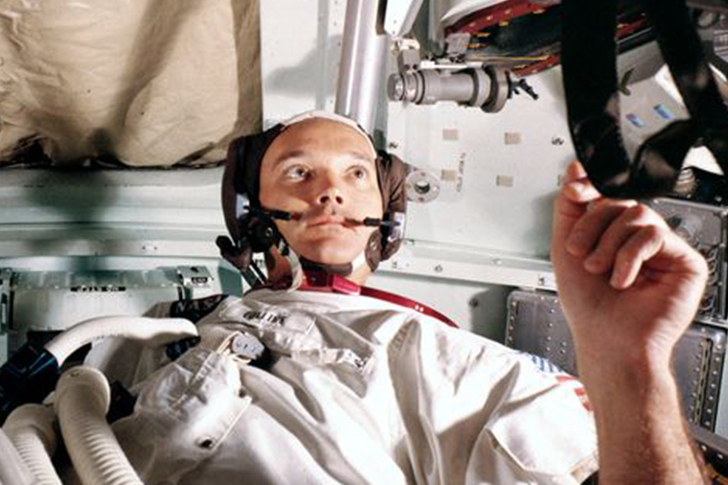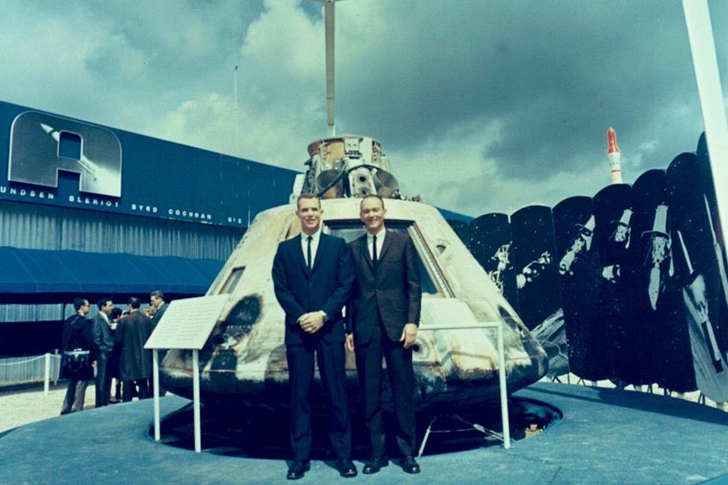Space Walks, Vodka and Apollo: Michael Collins Recollects Career as an Astronaut

A command module pilot does not get the chance to walk on the moon’s surface; unlike the commander and lunar module pilots who are responsible for various other things, the command module pilot is the navigator and flight engineer of the mission. Michael Collins was perhaps the most famous command module pilot, considering he, Buzz Aldrin, and Neil Armstrong were the first to land on the moon on July 20, 1969. During his lifetime, Collins had given a great degree of interviews where he shared how his career had been, particularly as part of both the Gemini and the Apollo missions.

Military and Early Career
In order to prepare for traveling to the moon, astronauts undergo rigorous training investments. To limit the learning curve, NASA recruits those already excellent at flying and who have extreme discipline, such as those from the military. Collins had a head start because he was born to a military family, having had a US Army major for a father and an uncle who was the US Army’s chief. The latter, J. Lawton Collins, or Lightning Joe, inspired Collins to pursue a career in the military.
His various military tours include being a fighter pilot and a test pilot. Part of his duties then was to train in F-86 Sabre Jets, which was being used in South Korea. So, when he joined NASA in 1963, he already had a wealth of experience. He was set to become part of the elite group of astronauts, the first ever to walk the moon.

Gemini Missions and Space Walk
Collins first experienced deep space when he joined the Gemini Program. The series of flights done by this program was to prepare astronauts for the moon eventually. On Gemini 10, Collins was given credit for being the first person to meet another spacecraft while in orbit during his successful second spacewalk.
He orbited a total of 474 miles in order to meet the target Agena vehicle, and this became a record then. Collins, however, was not too thrilled about the record because he said that when in space, once you pass the 100-mile distance, in an environment with no gas and very little gravity, everything felt the same. Taking a joking tone, Collins also noted that the Gemini Missions should have been named Janus Missions because the ships that were used can look forward as well as backwards.

Apollo 11
As early as 1967, Collins already had an inkling that he would never walk on the moon. That was because he was well-experienced, and the established rule then was that a rookie should not fly around the moon solo. So when the mission for Apollo 10 was being planned, and the names came up, the test pilot knew that walking on the moon was not an option for him. He admitted that there was a degree of disappointment when this was announced, but that did not deter him from doing his best.
He was delighted, though, about his role as it was very critical. He had to be in constant connection with Mission Control. Taking photographs of the Earth and the stars was also on his mission sheet. Collins saw his role then as historic, just like the whole flight itself. He also explained that their seats (and hence their roles) also changed depending on the portion of the flight.

When asked whether he was the loneliest man during the mission while the two others were doing a moonwalk, Collins said that he didn’t feel this way because he was too busy to be sad. Monitoring the fuel cells, electricity, and oxygen levels kept him occupied. He compared the command module to a little cathedral with the altar as its guidance and navigation station, and he has complete control of the craft.
One thing did worry him, and it was the possibility of having redundancy in the trans-Earth injection engine, which was their ticket home. He said that while there were multiple connections to that engine, whether the gas fuel lights up or not will spell their fate. So he had to practice several times to get the maneuvers right. He also had the guide on hand while doing the actual Earthbound flight.

Meeting with Cosmonauts
In 1967, Collins went to a Paris Air Show and befriended a couple of cosmonauts, a somewhat risky move because during that time, the US and Russia were going head-to-head with their space programs. The US would eventually win the race to the moon two years later, but Collins described his meeting with Pavel Belyayev and Konstantin Feoktistov as friendly. The group sat together, away from the crowd, and drank vodka, which Collins said helped ease their spirits. He revealed that they talked about flying. The Russians probably gave him praise and credit for all his work.
On April 28, 2021, Michael Collins joined fellow astronaut Neil Armstrong, resting in space.
Photo Sources:
Cover – NASA / Wikimedia Commons / Coffeeandcrumbs ,
Photo #1 – YouTube / Michael Collins House of Museum,
Photo #2 – NASA,
Photo #3 – NASA via DPReview / Kara Murphy,
Photo #4 – Science & AMP / Picture Library via Esquire;
Photo #5 – Chasing The Moon: The Book / Twitter

Recent Comments